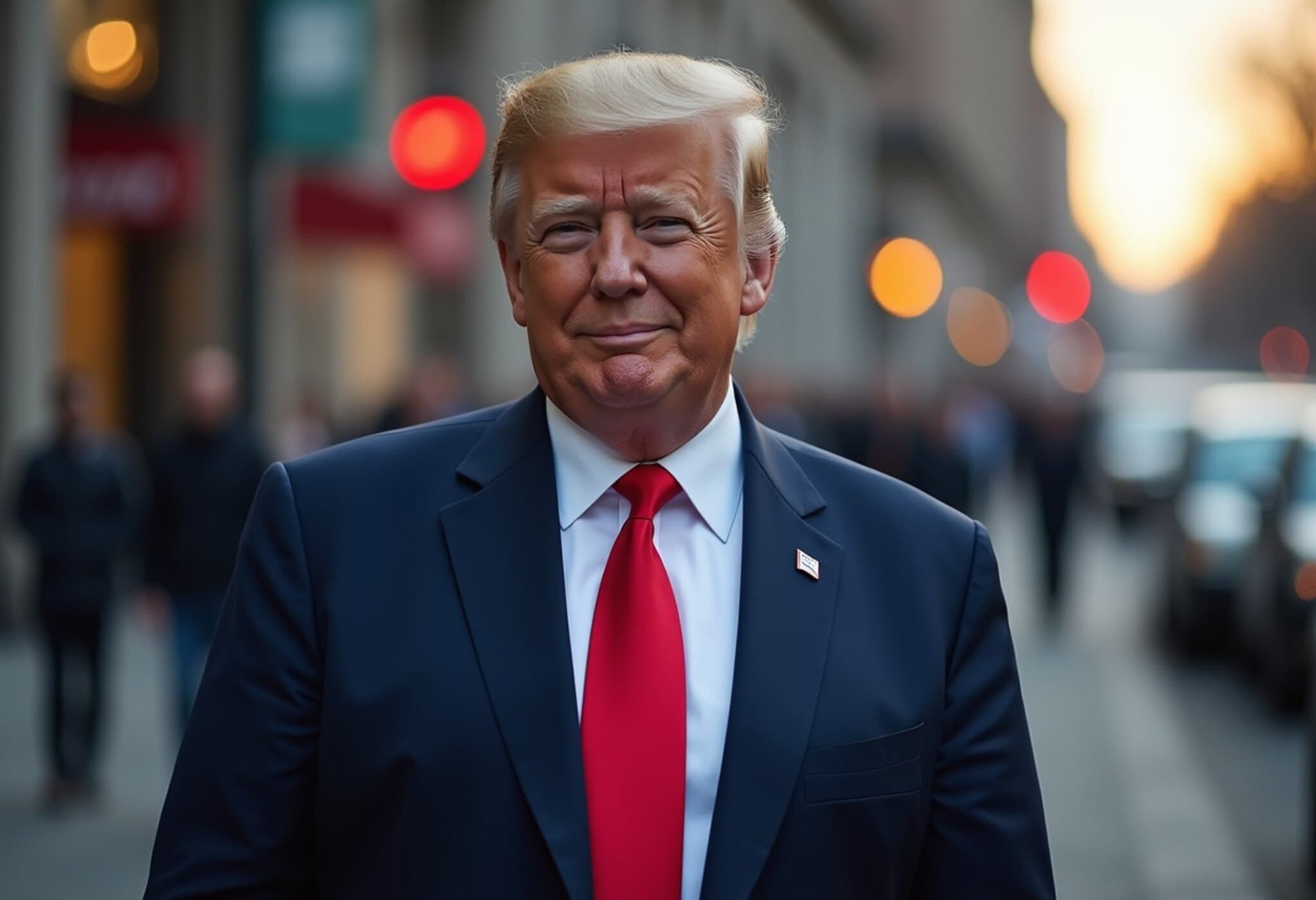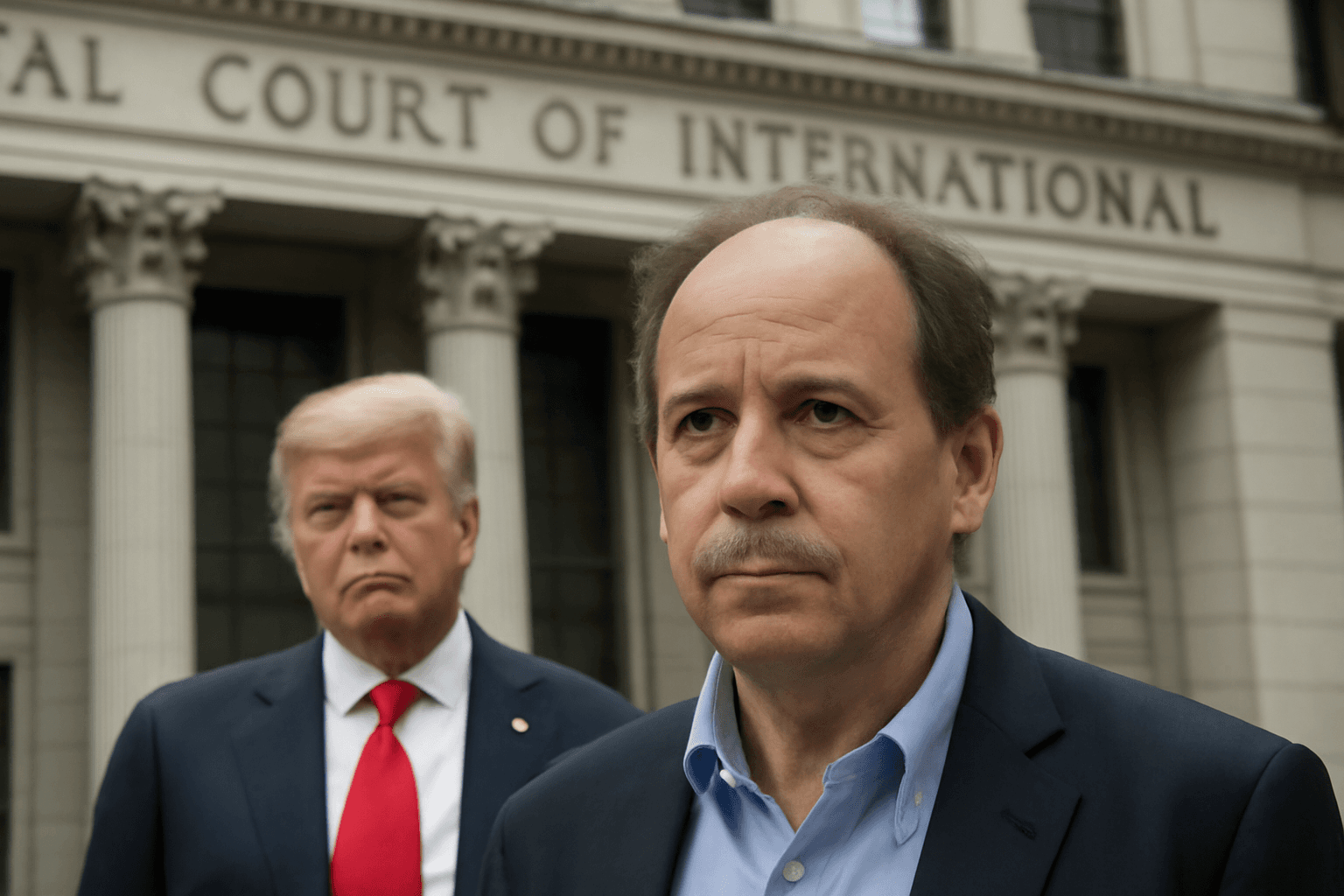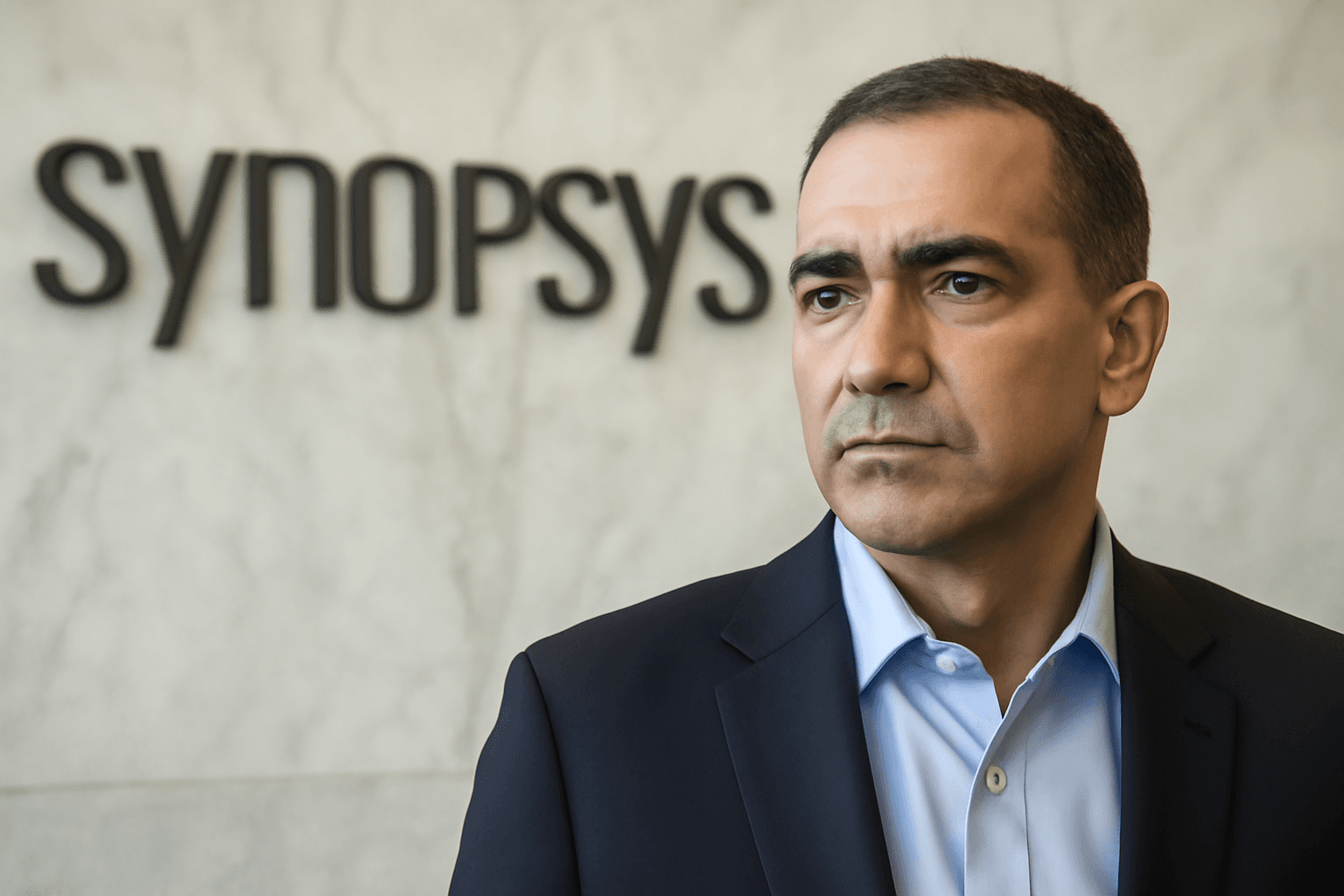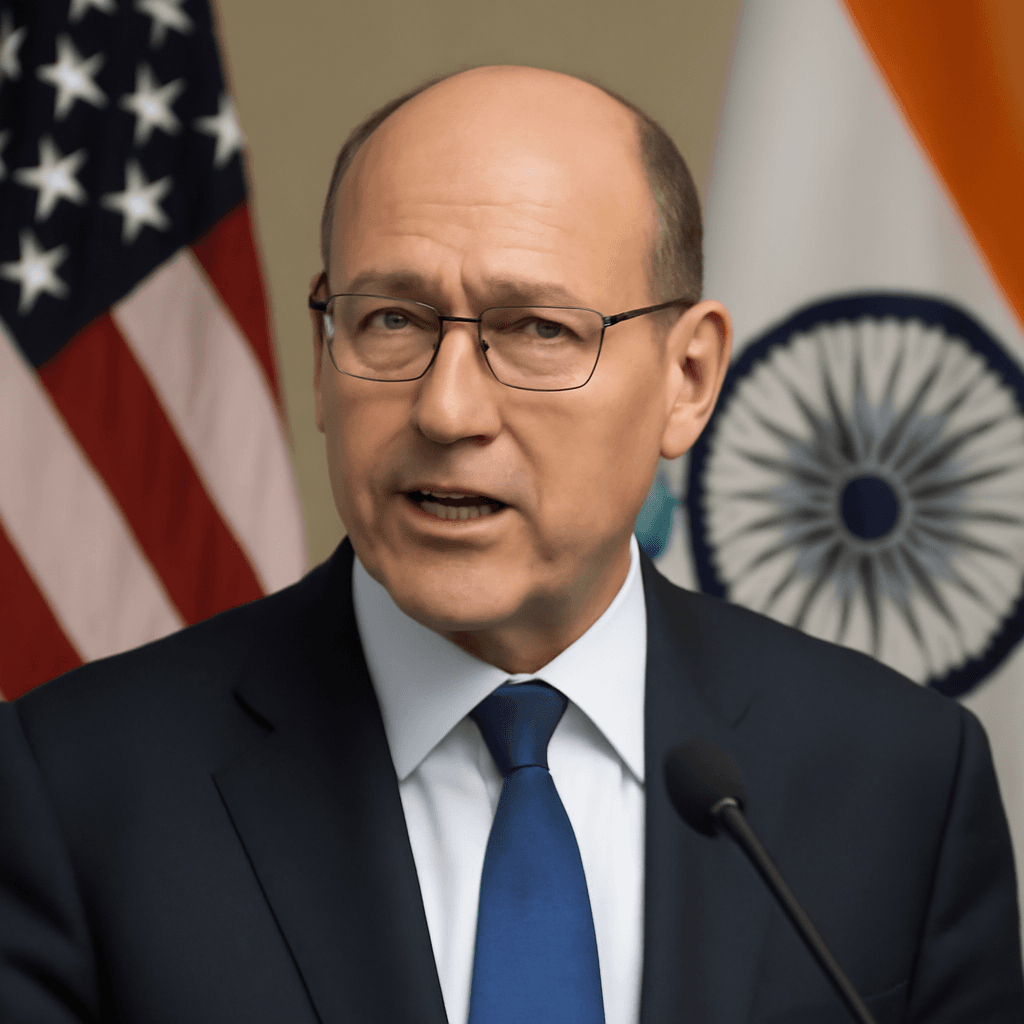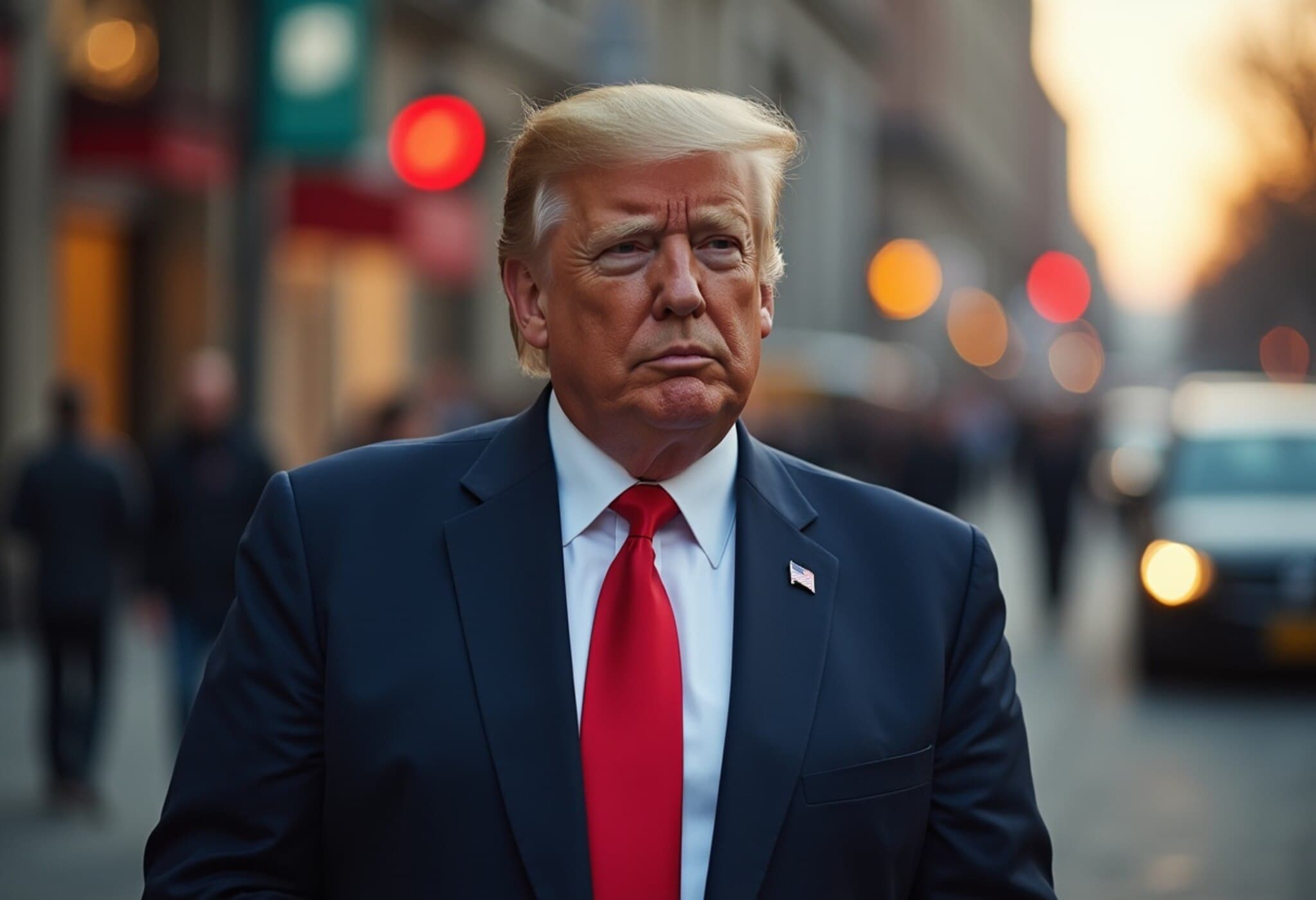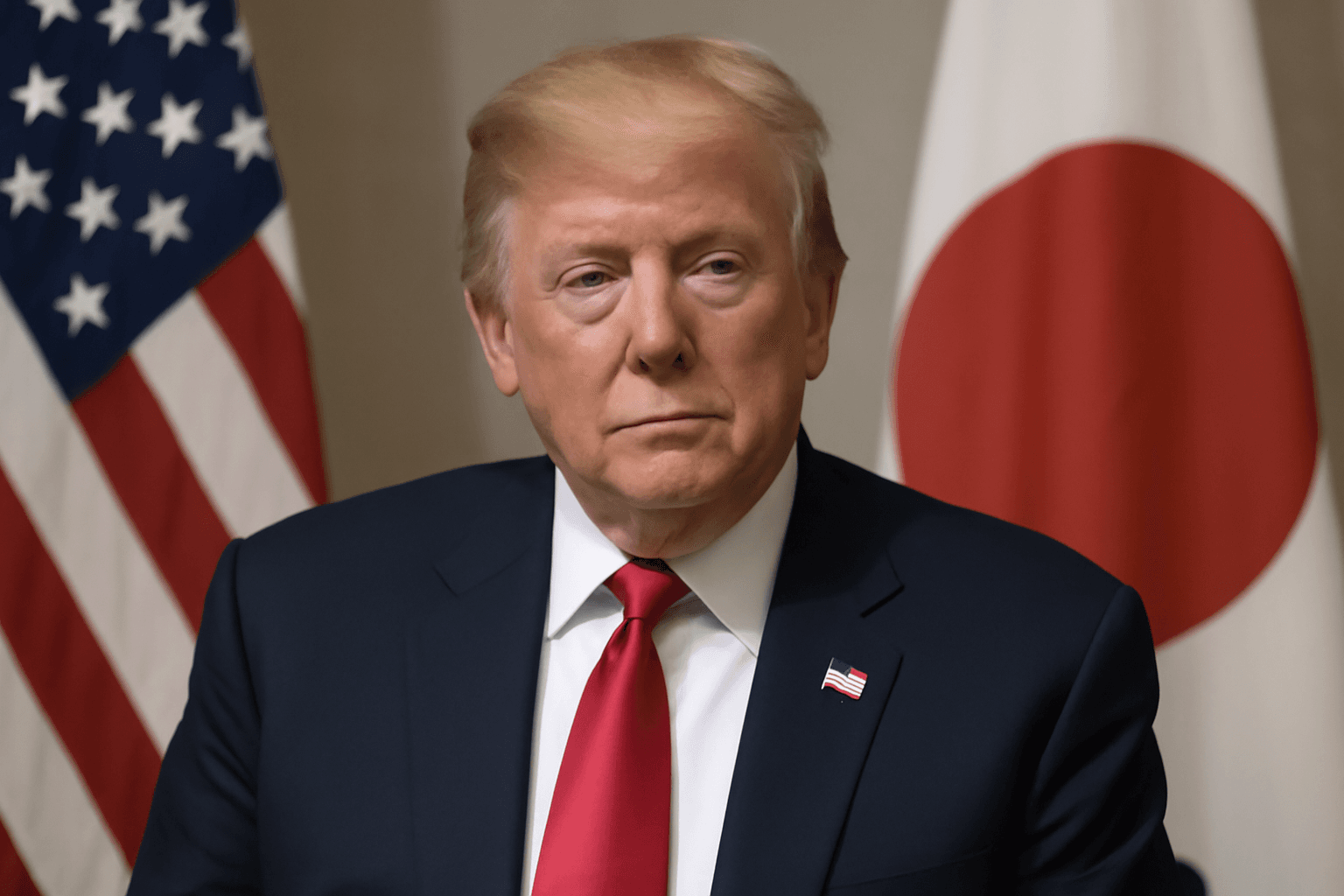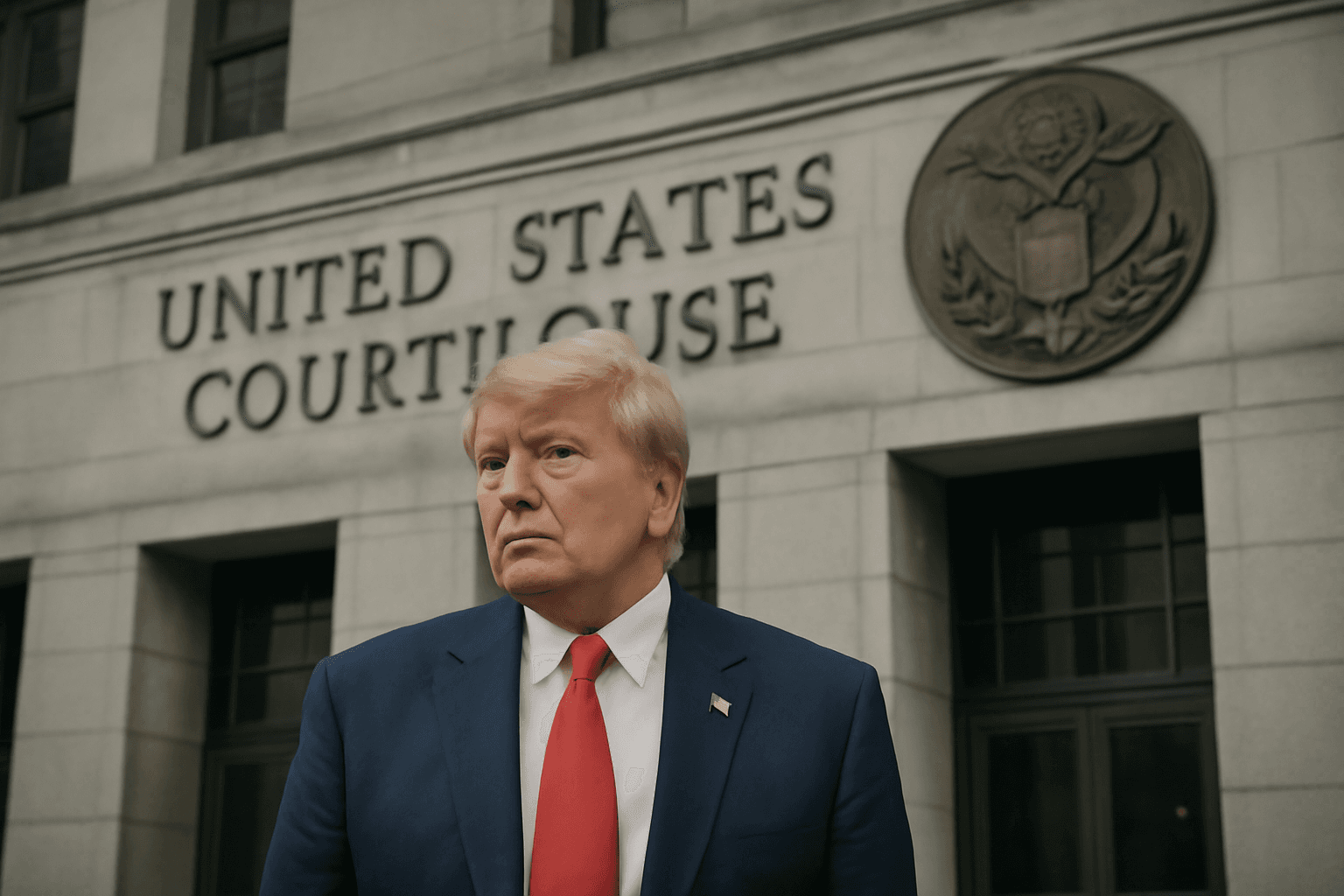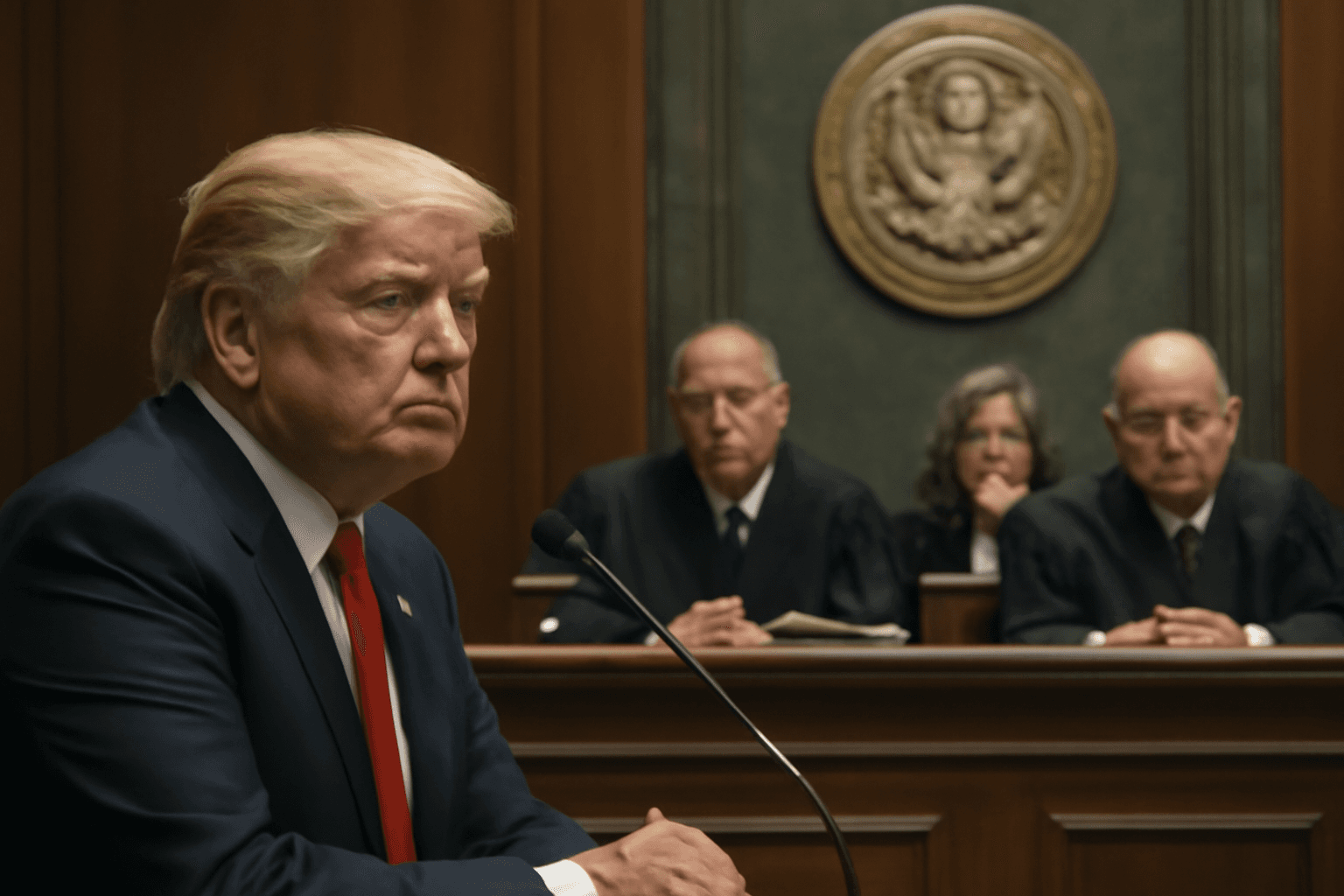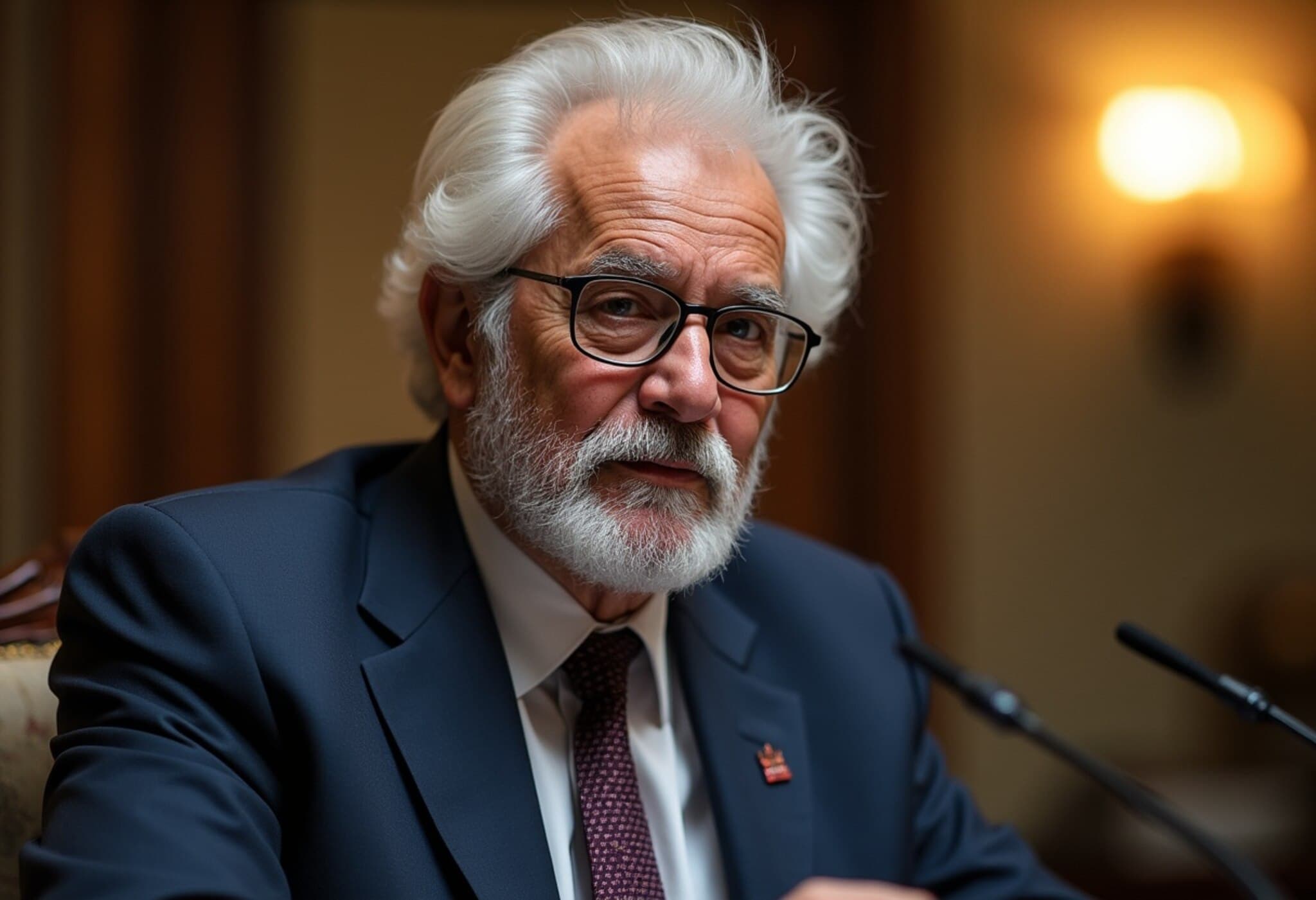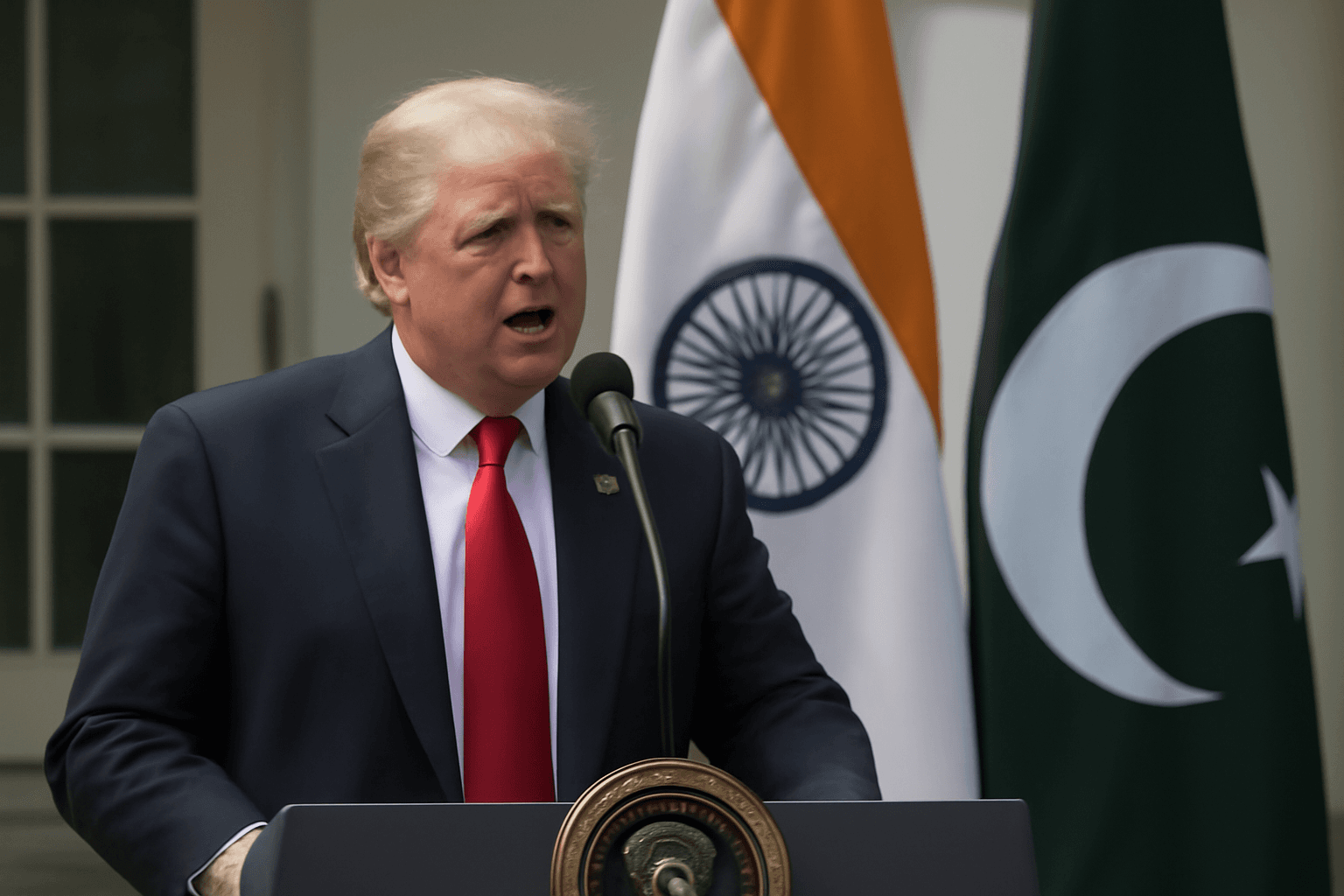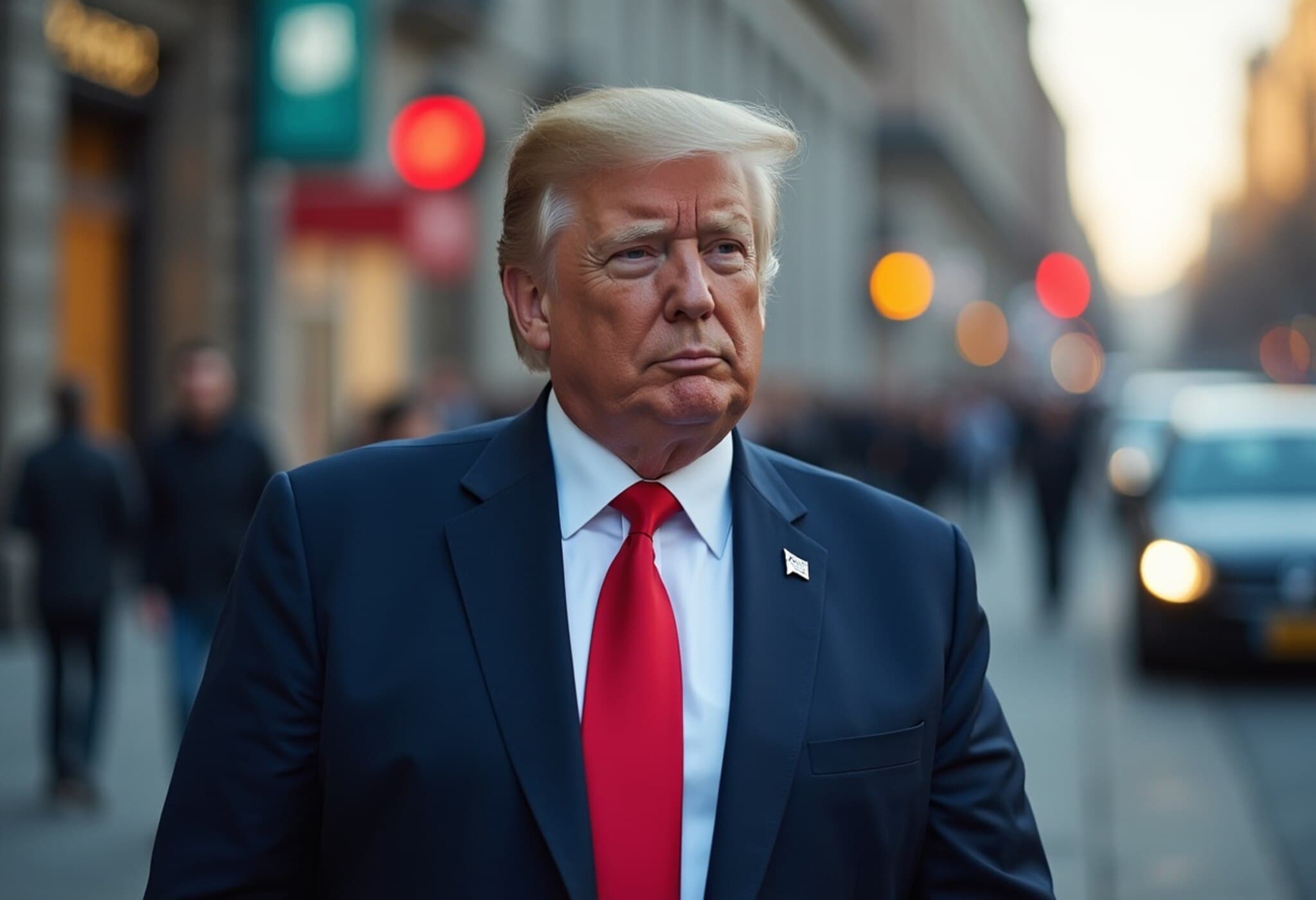Trump Celebrates EU’s Ambitious $600 Billion Investment Promise
In a recent interview, former President Donald Trump hailed what he described as a major economic win for the United States — the European Union’s pledge to invest an additional $600 billion in the U.S. over the coming years. This announcement forms part of a broader trade agreement signed in July between the two economic giants, which also involves a reduced tariff rate on EU goods from 30% to 15% and the purchase of $750 billion in U.S. energy products.
Trump framed the investment as a “gift” from Europe, emphasizing the flexibility it grants the U.S. economy by stating these funds could be invested “in anything we want.” However, while the headline figure sounds impressive, the actual fulfillment of this pledge remains shrouded in ambiguity.
The EU’s Role: Private Sector Investment, Not a Government Commitment
The European Commission clarified that the $600 billion figure reflects estimated investment intentions from private European companies rather than a binding governmental expenditure. A spokesperson explained that the EU surveyed various industries within its member states to gauge interest in investing in the U.S. and aggregated these projections to present a coherent, yet non-binding, commitment.
Alberto Rizzi, a policy fellow at the European Council on Foreign Relations, elaborated on this distinction: “The investment could land in almost any sector — manufacturing, finance, chemicals, tech — but the ultimate decisions rest with individual firms, not Brussels.”
Potential Sectors to Watch
- Manufacturing: Traditionally strong transatlantic investment flows suggest this sector will continue to draw interest.
- Technology: Given the rapid evolution of digital industries, EU firms see ample opportunities in U.S. tech innovation.
- Pharmaceuticals and Aerospace: These are strategically important sectors that could benefit from increased capital.
- Automotive: Trump has expressed interest in boosting EU investments here, aiming to revitalize U.S. manufacturing.
William Reinsch, senior adviser at the Center for Strategic and International Studies, cautions that these investments are not immediate: “Such billion-dollar commitments take time to materialize, especially amid ongoing policy uncertainties fueled by fluctuating U.S. trade stances.”
Political Overtones and Trade Dynamics
The investment projection is intertwined with a tariff structure set by the current trade accord, which stipulates 15% duties on certain EU imports — a reduction from prior rates. Trump warned that failure by the EU to meet the investment expectations could trigger a steep tariff hike back to 35%, underscoring the transactional and potentially volatile nature of the deal.
Experts emphasize that the EU cannot compel companies to follow through on these pledges. “The commission lacks legal authority to enforce such investments; it’s more political symbolism than a binding treaty,” says Arthur Leichthammer, a geo-economics expert at the Jacques Delors Centre. This dynamic leaves the door open for Trump or successors to leverage the agreement in future trade negotiations or escalate tensions.
Long-Term Uncertainties
Adding to the uncertainty is the target year of 2029 set for realizing these investments, a timeline that conflicts with the conclusion of Trump’s presidential term, after which U.S. trade policies could undergo significant shifts. This raises important questions about the durability and impact of the pact beyond political cycles.
What Does This Mean for U.S.-EU Economic Relations?
While the EU’s investment pledge signals a willingness to deepen economic ties, the conditional and non-binding nature of the commitment suggests cautious optimism is warranted. It highlights the increasingly transactional character of global trade diplomacy under the Trump era, where deals are carefully calibrated and can be wielded as bargaining chips.
From an American perspective, the promise of $600 billion in foreign investment is alluring, especially as U.S. industries seek capital and innovation partnerships. But stakeholders must consider whether these funds will flow predictably or become entangled in geopolitical chess games.
Editor’s Note:
The European Union's commitment to funnel billions into the U.S. economy shines a spotlight on the shifting dynamics of global trade in the mid-2020s. While the headline numbers impress, the lack of enforceability and future political unpredictability compel us to question how much substance underpins these promises. As the U.S. navigates complex trade relationships post-Trump, investors and policymakers alike should monitor how these pledges translate into tangible economic activity — or whether they remain largely symbolic gestures in a turbulent international trade climate.

